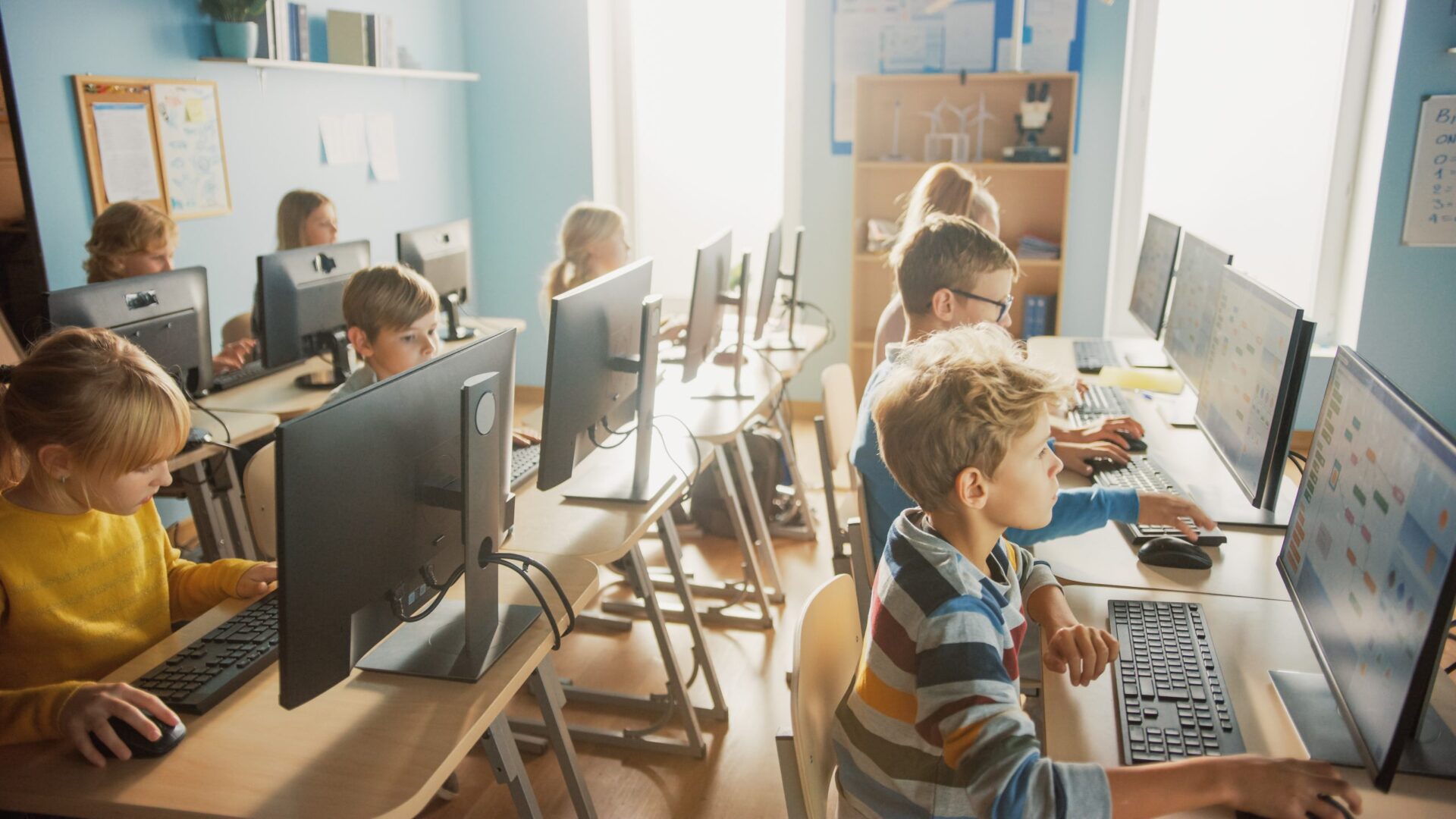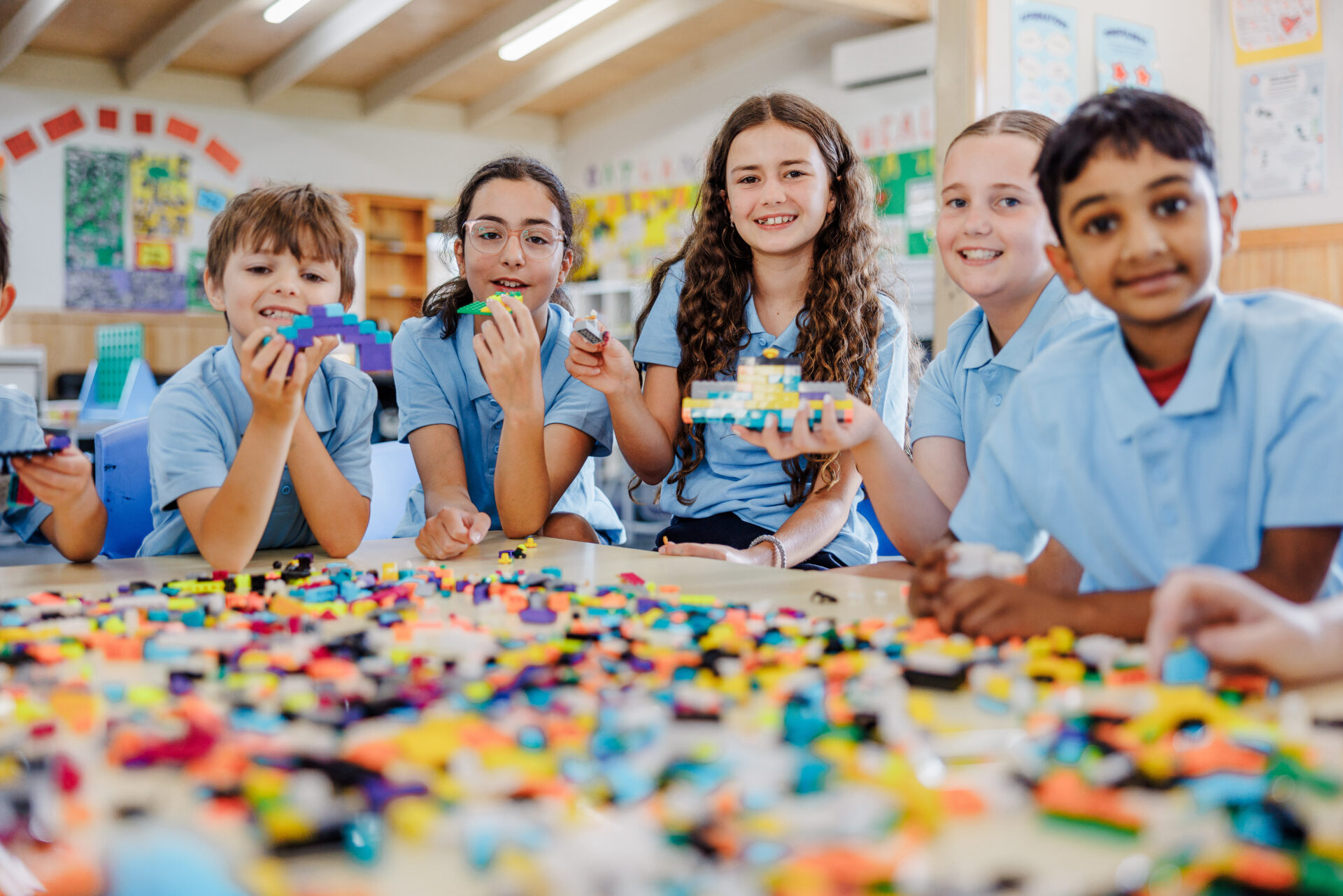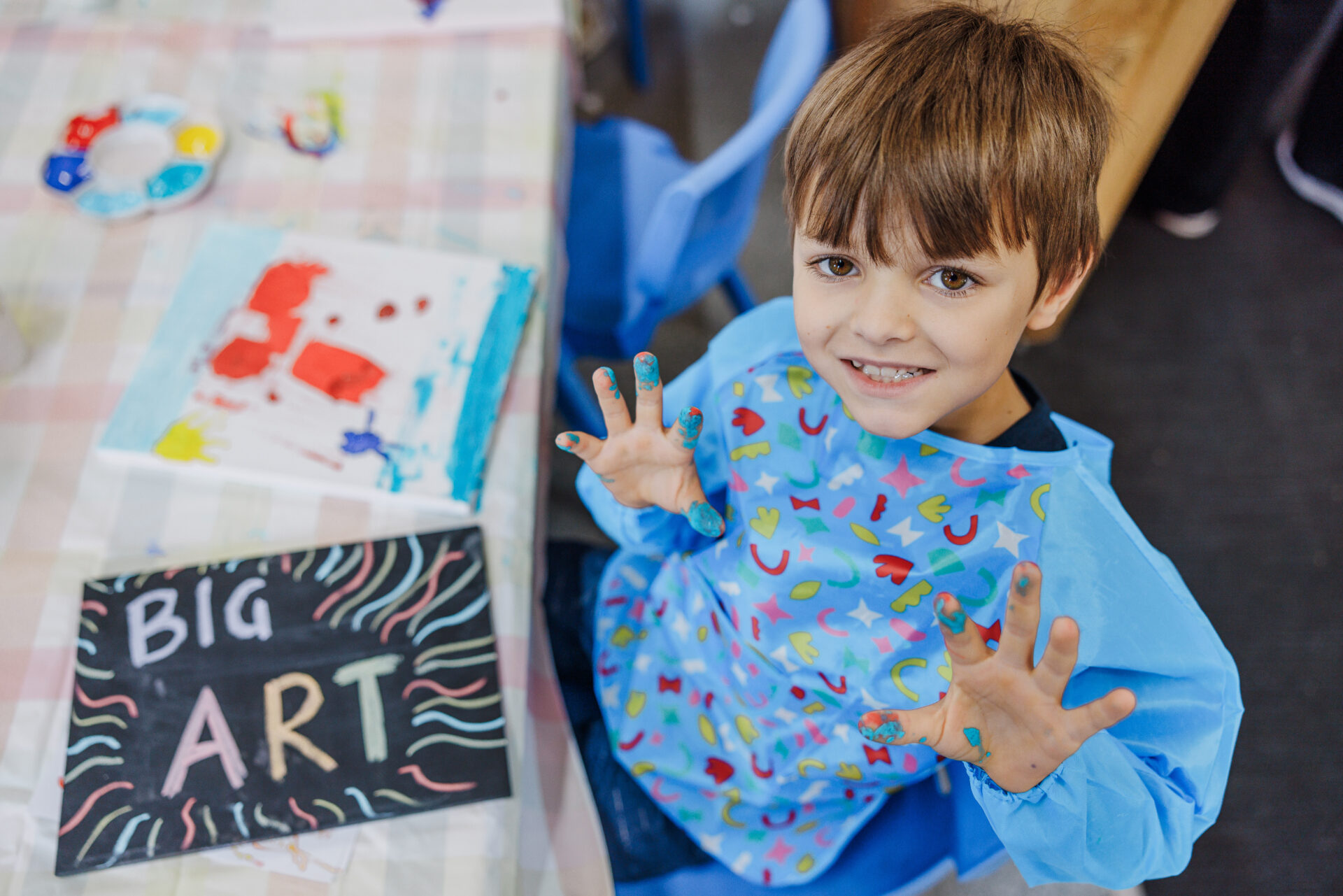There is no doubt the experiences of the last couple of years have culminated in a far greater uptake of screentime and online activities for our young people. Along with an increased amount of time tethered to a device, we have also seen greater exposure to more sites, apps and social networks at an earlier age. In an attempt to fill the voids imposed by remote learning, restrictions and lockdowns, young people turned to technology to continue to learn, remain connected, informed and entertained. No doubt schools and educators are now however, grappling with the impact of this on their students in a myriad of ways. Schools continue to deal with threats to their safety and wellbeing, their self esteem, the bullying, the sharing of inappropriate content and the fallout from online dramas that spill over into the playgrounds and classrooms. As educators, you know that much of these online activities occur at home and at all hours of the day and night, and thus it is always a challenging space to manage. But by helping young people take back some control, by encouraging them to be mindful of the impacts technology has on them and to think critically about the role technology plays in their lives, we can help reign in a little of that reliance on screens and get back some greater balance.
Younger children: preschool to early primary
For younger children it is still imperative that parents/carers are the ones making the decisions around their screentime. Both in terms of what they are doing on the screens and how much time they spend online. Young children have not developed the cognitive ability to be able to manage their time, to manage complex interactions, nor have they the understanding of what content is appropriate for them. So of course teachers can encourage parents to take a more active role in screen time at these ages but also remind younger students of the many elements they need to learn and grow and play. Many of which do not include screentime. So where possible, in the classroom,
- Keep screentime activities to shorter bursts of time. One activity, one game or one story that is followed by a non screen activity.
- For entertainment, stick to curated content such as ABC kids, Nick Jnr, Foxtel Kids etc whereby all of the content is specifically made for young people and their level of development. Whilst Youtube kids is a better option than Youtube, it is also important to note that some things still fall through the cracks and are not always curated with the same level of discernment.
- With apps and games, make sure you have played the game or read a review to determine the suitability for your student’s age and stage of development. commonsensemedia.org can be a great resource for this.
- Use the privacy settings available. Every game and app has a settings section where you can make it as safe as possible. Of course for those of a young age, teacher and parental involvement is always going to be the best way to not only ensure your young person stays safe, but to help guide and nurture the best online habits and experiences.
- Give them some clear warnings around time limits and finishing up on the screen. Eg one more game, one more episode of a show etc.
- Have another activity ready for them to go on with. That way they can see that the technology is not being taken away as a punishment, but merely to ensure they have time and attention to devote to all of the other activities that are important to their day.
For these younger ages therefore, the main communication needs to be around the premise that whilst the devices and screens may certainly play a role in their lives, they are just one of the many ways that young people have at their disposal to learn, to develop, to be entertained and to connect, and their safety is always a priority. If a young student has started with some solid boundaries around technology use it is a lot easier to manage the transitions and help them better regulate their behaviours themselves as they get older.
Middle years: upper primary school to tweens
This age group has also had a huge increase in screentime due to increased time with remote learning, with many taking up some forms of messaging platforms and social media at much earlier ages due to the need to remain connected to their friends. Whilst a sense of belonging and connection was hugely important, the by-product of that is a far greater immersion in some of those social networks that happened at earlier ages and without as much guidance or teaching. Whilst it may feel for many therefore that “the horse has bolted” so to speak, and it is now hard to take back that time and access to those platforms, there are still things we can do to help those young people manage their time and online experiences.
- Have discussions around the critical thinking they will need. Inquire about how they are using the technology to communicate. Are they enjoying positive interactions with friends? Do they know the difference between friends and followers? Do they know how to leave a group chat that suddenly starts talking in mean ways about another person? Do they know how to abort a conversation that is damaging to themselves, their wellbeing or their digital footprint? Do they know ways to determine if the person they think they are talking to online is exactly that person?
- Play the games, read the reviews and have a play on the social networks they are using or want to use, so you are across the sorts of things the technology is capable of. You don’t have to be an active participant on every social network, but as educators it is helpful to know how kids are using the technology in order to have the most relevant conversations.
- Nurture those extra curricular activities that keep them connected to others and spending time engaging in activities that get the body moving and the brain thinking in other creative ways. And incorporate some mindful activities, time in nature and time connecting to the self, without a device close by to remind young students of the need to give the brain and body time and space to reset and reconnect with the world around them.
Communication for this age group is all about the reason why we need to maintain some boundaries around screen use. Being honest around the increased role that technology played during recent times, but the need for us to reverse some of those habits now that times are changing again. Having discussions around the things technology could replace as opposed to the things it couldn’t replace can be a good place to start. This helps reinforce the benefits of face to face interactions, fresh air, healthy pursuits, downtime away from the constant distractions, pings, noise and time for the mind to be left to wander, be curious and think independently and creatively.
Teenage years and beyond
Teenagers have also experienced greater reliance on technology as they were forced to work, learn and connect in online environments. Once again they need to be able to manage the use of technology in ways that keeps them mentally and physically well and healthy.
- Talk to them about scrolling mindfully. What are they feeling once they finish scrolling their feeds? Who are they allowing to make judgements on themselves? Whose opinions and voices are they listening to? Who are they following, what are they reading, watching, engaging in etc?
- What impact is their time online having on the rest of their lives? And where is their precious time and most importantly emotional energy, being spent?
- Are they managing the distractions posed by a connected device that is constantly pinging, beeping, alerting, ringing and vying for attention, despite the knowledge of the difficulties posed by multitasking and the hijacking of one’s brain away from the tasks at hand? Or do they need to take some steps to reduce the distractions, turn off the notifications and learn to have quality focus time on work or homework at hand?
- Are they also getting the balance in their lives to participate in all the activities to maintain mental health and physical wellbeing? For our older teenagers and young adults, our conversations can turn to a greater reliance on the self and the need to reflect on the role that technology plays in one’s life and how we can continue to maintain control over all of our online experiences.
For everyone
There is no doubt that there are some universal understandings of the digital world that we all need to nurture in order to thrive both online and off. So for all of us, we need to endeavour to focus on those backbones of good healthy development. Good sleep, nutrition, supportive and nurturing relationships, moving the body and getting out into nature. Make those things a priority and the time online will continue to be just one aspect of their daily living that is incorporated with safety, balance and wellbeing at the core.

Martine Oglethorpe is a Digital Wellbeing and Online Safety Educator, Speaker and Author. She has a background in teaching and a Master of Counselling and is a mother to 5 boys. She presents regularly to schools, parents, students and workplaces on healthy ways to navigate the digital world. She has recently released her new book The Modern Parent: Raising a Great Kid in the Digital World, available from Amazon and on her website http://www.themodernparent.net.





